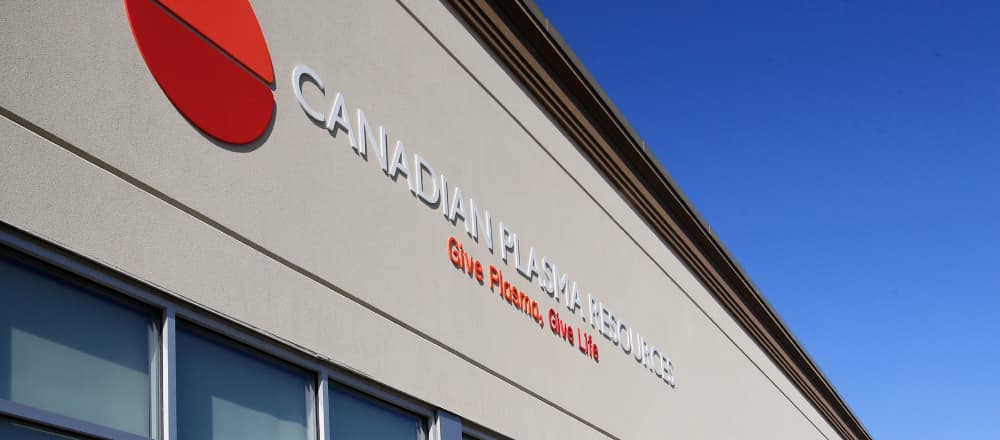The History of Plasma Donation
octobre 27, 2022

The history of plasma donation dates back over 100 years. Used to treat measles, Spanish influenza, and other diseases in the late 1800s and early 1900s, the medicinal uses for plasma have evolved in the 21st century.
Keep reading to learn more about the history of plasma donation!
The Historical Uses of Plasma
1. Early Uses: Late 1800s & Early 1900s
In the late 19th and early 20th century, convalescent blood was used as a therapy treatment for the measles, Spanish influenza and other diseases. In 1890, German scientist Emil Von Behring exposed horses to diphtheria-inducing bacteria. This broke the ground for serum therapy, the original iteration of convalescent plasma therapy using whole blood transfusions, before scientists figured out how to separate plasma from blood.
Prior to a measles epidemic in the early 1900s, serum therapy was used to prevent, rather than treat, diseases.
2. Post Influenza Pandemic
Serum therapy became more popular after the Spanish influenza in 1918, as scientists claimed that it lowered your chances of dying from the flu or pneumonia. In the 1920s and 1930s, “serum depots” started popping up in cities and towns.
Operating like milk depots, which ensured a healthy and steady supply of milk was available to the surrounding community, serum depots ran like blood banks, collecting blood from disease survivors to distribute to the local public. Serum depots were utilised to treat meningitis, the plague, scarlet fever, and other diseases.
Convalescent blood was also used as a vaccine measure before vaccines became commonplace!
3. The Breakthrough: Separating Plasma from Whole Blood
When biochemist Edwin Cohn figured out how to split up the various components contained in blood, he consequently figured out how to separate plasma from whole blood. Because plasma is more shelf-stable than whole blood, it was shipped out during World War II and used to treat wounded soldiers, providing them with life-saving transfusions.
4. Post War Medical Advancements
After the war, the production of penicillin, antiviral medications, and antibiotics ensured that plasma wasn’t relied on as the sole treatment of life-threatening diseases. But there was still, and always will be, a dire need for plasma. The pharmaceutical industry began to conduct research into how plasma can be used to manufacture medications to treat a variety of diseases and ailments, such as hemophilia.
Just like today, consistent donations from hundreds of donors was required to manufacture the treatments needed for one patient.
How is Plasma Used Today?
Today, plasma is used to help patients living with immune disorders, autoimmune conditions, and blood disorders receive the treatments they need. Donated plasma undergoes an extensive manufacturing process and is turned into therapies that replace missing or deficient proteins in these patients, making it possible for them to live healthier lives.
Why Donate Plasma?
Donating plasma is a great way to give back and earn extra money while doing so. At Canadian Plasma Resources, you can earn up to $400/month by consistently donating plasma twice per week! Book a plasma donation appointment at a centre near you to make a difference in someone else’s life and get compensated for your contributions!









